Best Times for Foundation Repairs
Foundation repairs are most effectively performed during specific times of the year when environmental conditions favor stable and thorough work. Understanding the optimal timing can help ensure the longevity and effectiveness of repairs, reducing the likelihood of future issues.
Spring offers moderate temperatures and increased moisture, which can facilitate certain foundation repair methods. However, excessive rain can delay work or affect results.
Summer provides warm, dry weather ideal for many repair projects. High temperatures can pose challenges, but careful scheduling minimizes delays.
Fall often features cooler temperatures and less rain, making it a suitable time for foundation work before winter sets in.
Winter is generally less ideal due to cold temperatures and potential frost, which can hinder excavation and curing processes.
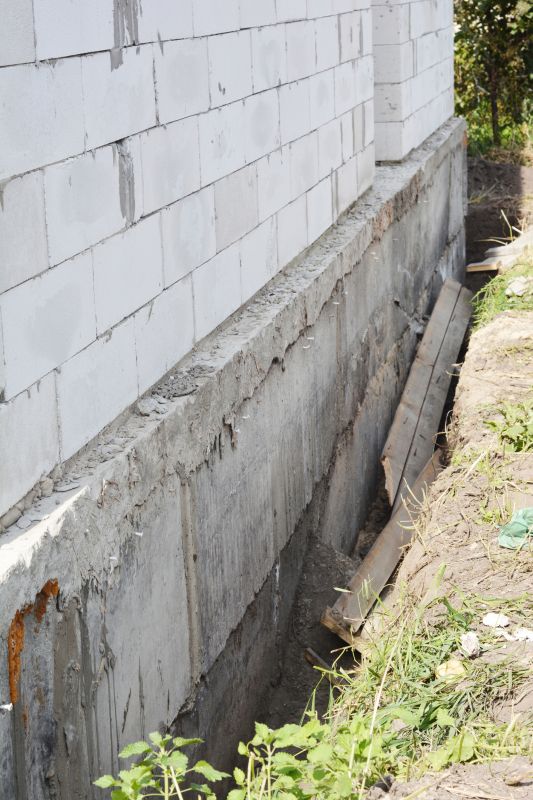
Springtime foundation work benefits from moderate moisture levels, aiding soil stability during repairs.
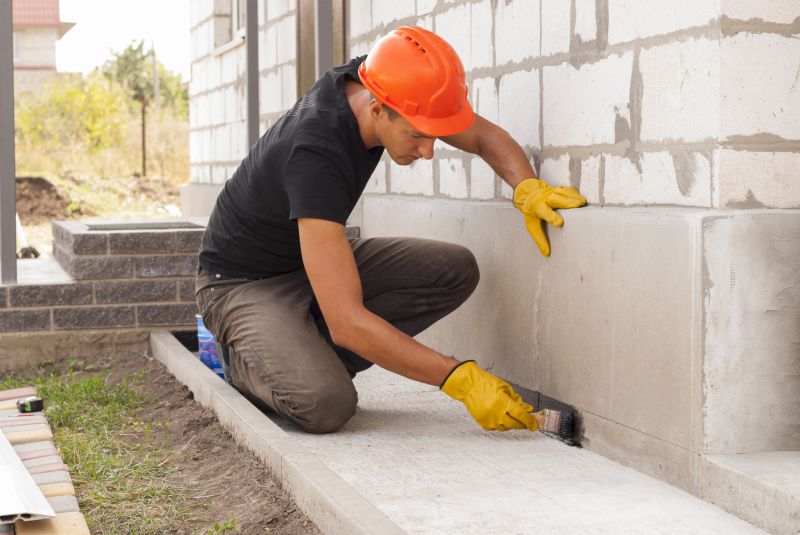
Warm, dry conditions in summer support durable repairs and proper curing processes.

Cooler fall weather helps prevent delays caused by rain and extreme heat.
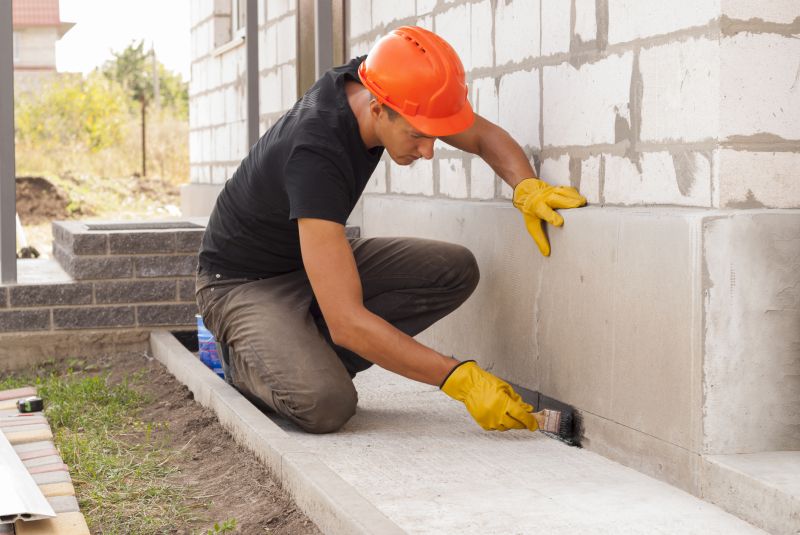
Cold temperatures and frost can complicate foundation repairs during winter months.
| Season | Ideal Conditions |
|---|---|
| Spring | Moderate moisture, manageable temperatures, potential rain delays |
| Summer | Warm and dry, optimal for curing and excavation |
| Fall | Cooler temperatures, less rain, suitable for repairs |
| Winter | Cold temperatures, frost, generally unsuitable |
Foundation repairs address structural issues caused by soil movement, moisture fluctuations, and aging. Proper timing ensures that repairs are effective and durable. Seasonal considerations include soil conditions, weather patterns, and temperature ranges, all of which influence the repair process and outcomes.
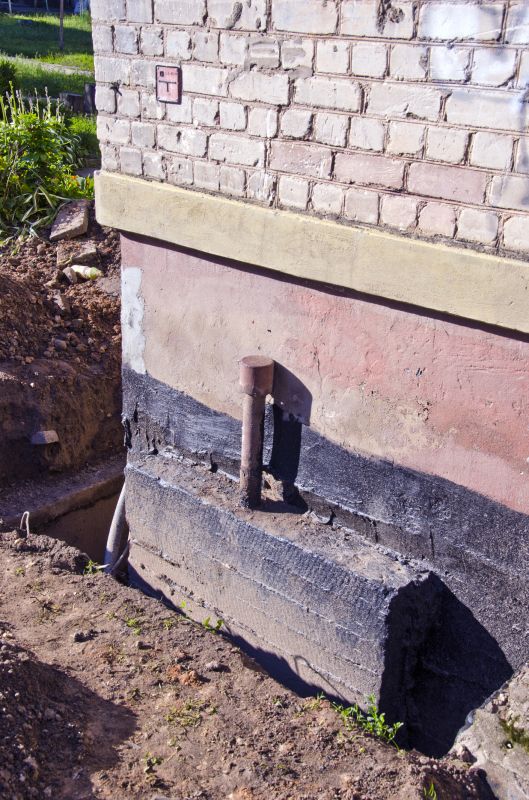
Proper timing enhances the effectiveness of foundation stabilization methods.
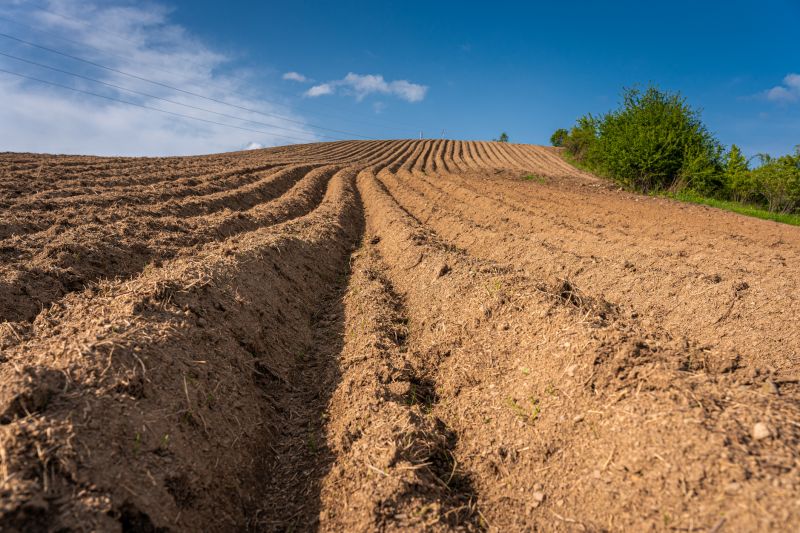
Seasonal conditions impact soil behavior, influencing repair strategies.
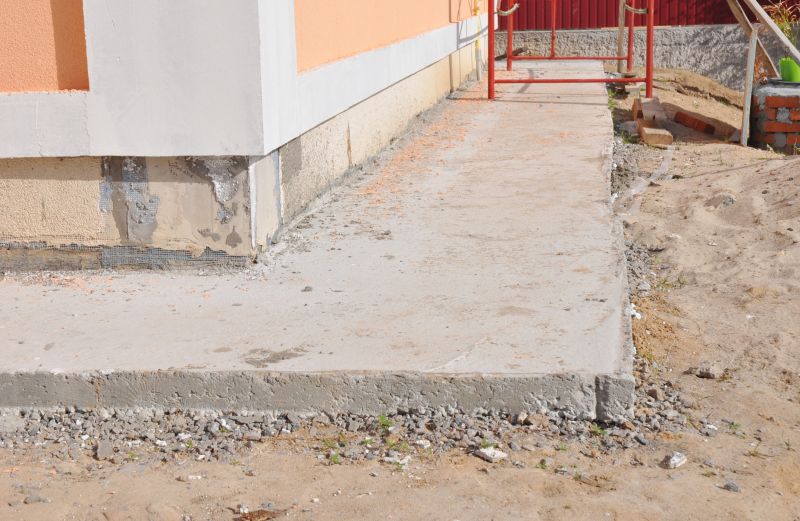
Weather conditions affect the curing time and strength of repair materials.

Timing allows for thorough inspection and proper preparation before repairs.
Additional Information on Foundation Repairs
Foundation repairs are critical for maintaining the structural integrity of a building. Common issues include settlement, cracking, and shifting caused by soil movement, moisture changes, and aging. Addressing these problems promptly can prevent more extensive damage and costly repairs in the future. Statistics show that early intervention can extend the lifespan of a foundation by decades, preserving property value and safety.
The repair process often involves methods such as underpinning, piering, and stabilization. These techniques restore support to the foundation, preventing further movement. Proper planning and execution, aligned with seasonal conditions, contribute to the success and durability of repairs.
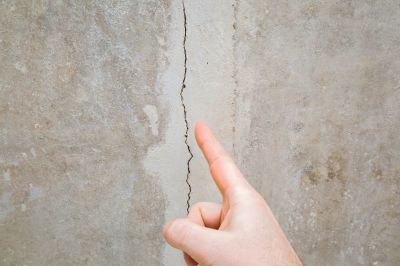
Cracks indicate underlying issues that may require timely repair.
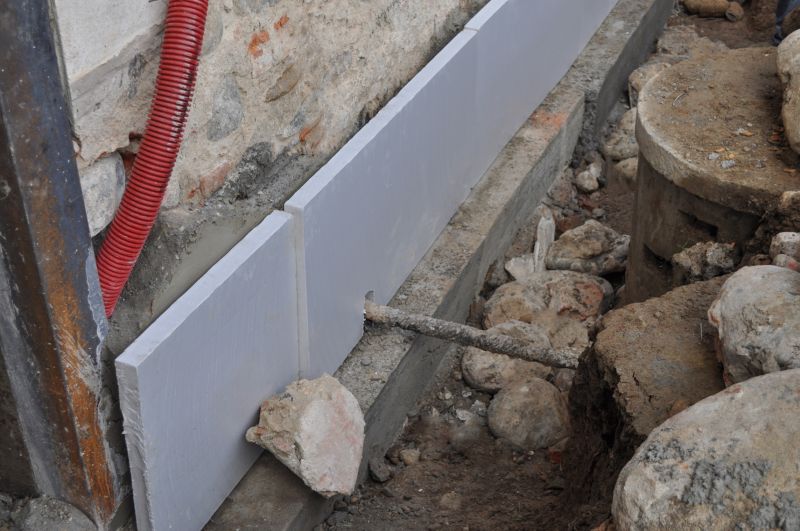
Underpinning provides additional support to compromised foundations.
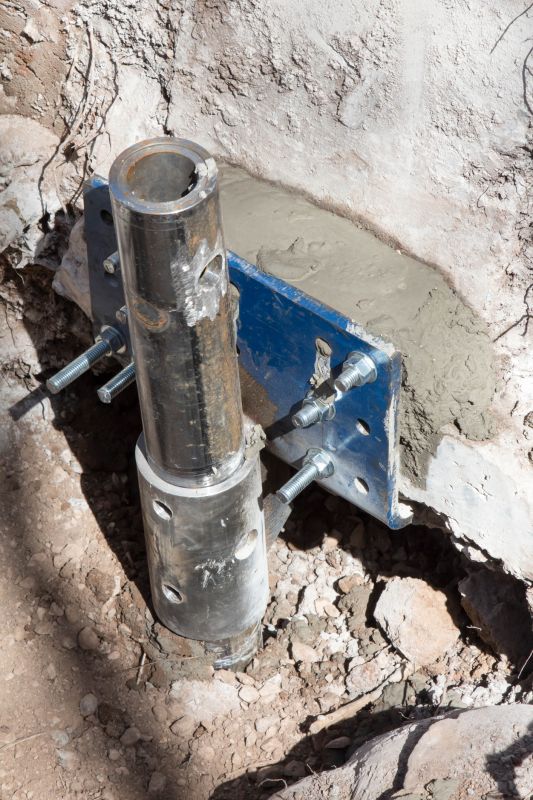
Piering stabilizes and lifts settling foundations effectively.
Interested property owners in foundation repairs should consider scheduling during the most favorable seasons to ensure optimal results. Filling out the contact form provides an opportunity to discuss specific needs and receive expert guidance tailored to local climate conditions.

